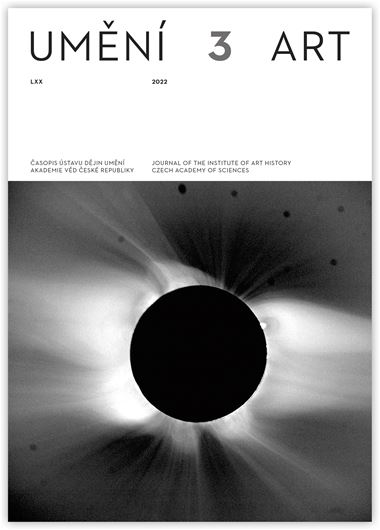Nadiia Bernard Kovalchuk
Scientific Imagery Re-Coded: The Appropriation of Scientific Photography Aesthetics in The Late Soviet Non-Official ‘Creative’ Photography – The Case of Oleg Maliovany
Late Soviet aesthetics elaborated an explicit and standing ranking of photography usage. If photos rose on the pyramid’s highest rank by the press, the significance of photography for scientific purposes, in turn, did not fall far behind. In the middle of the Cold War race, encouraged by the seemingly infallible ethics of science, the achievements of applied photographic technologies were highly promoted. However, in parallel to these privileged uses of photography, some Soviet photographers practised ‘creative’ or ‘artistic’ photography, generally finding themselves charged with ‘formalism’ or ‘denigration of Soviet reality’. Starting from the middle of the 1960s in the Ukrainian city of Kharkiv, a couple of amateur photographers committed themselves to experiments with photographic materials, forms, and subjects. One of the members of this community, Oleg Maliovany gained high popularity in the 1970s, due to his proficiency in colour photography printing, the creation of enigmatic photo collages with nudes, and expressive images full of colour linear outlines which technics the author designed as ‘colour equidensitiy’. This technique that enables an assignment to each shade of grey of a monochrome photograph a conventional colour was developed initially for a scientific purpose in astrophysics, spectroscopy, radiology, dosimetry, and chemistry. However, overpriced, and time-consuming, this method did not conquer Soviet science. By contrast, in the creative experiments of Oleg Maliovany between 1969 and 1975, the colour equidensity technique found one of the most prominent and original use. Making a shift from science-to-science fiction, from the allegedly objective knowledge to the assumed subjective imaging, the work of Oleg Maliovany rose the questions of fairness and integrity of scientific representation of reality by photography, imposing an unavoidable part of randomness and misconception. The article will consider this paradigmatic example of the relation between science and rather unofficial fine art photography practice in late-Soviet history established by an appropriation of scientific methods and aesthetics.
Author's email:
nadiia.kovalchuk.fr@gmail.com
DOI: HTTPS://DOI.ORG/10.54759/ART-2022-0306
Full-text in the Digital Library of the Czech Academy of Sciences:
https://kramerius.lib.cas.cz/uuid/uuid:fae0a085-26d7-4ce4-af45-a2dcec9a9405
< back

